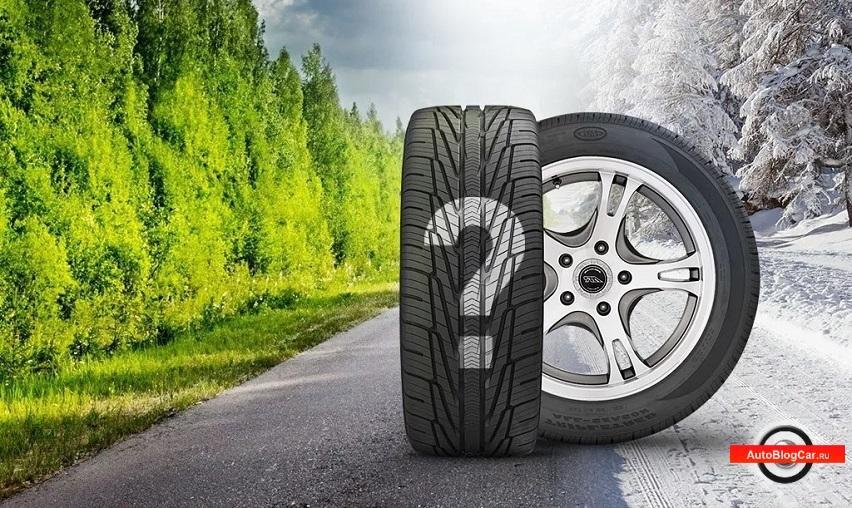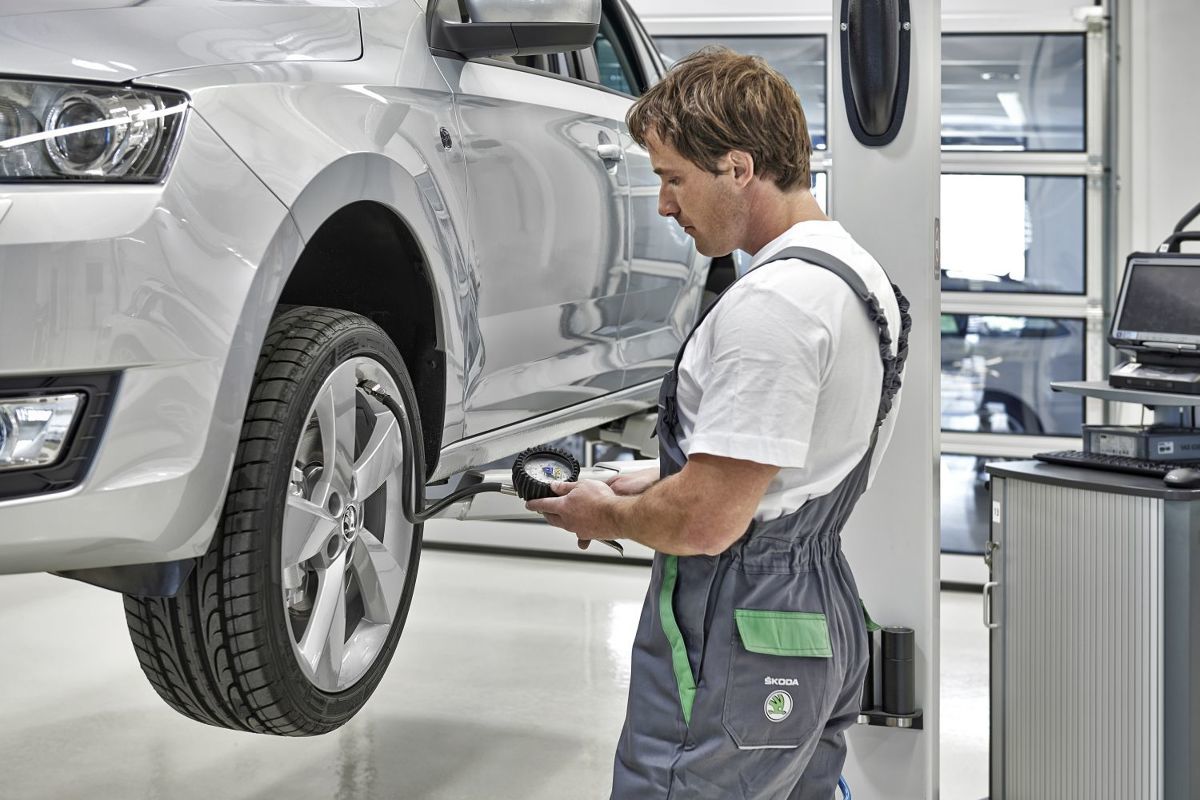
Tire change. When to change tires for summer?
Content
 On March 20, due to the spreading coronavirus pandemic, an epidemic was introduced in Poland. Communication offices, car repair shops and technical inspection points work with certain restrictions. The same is true for vulcanizing plants.
On March 20, due to the spreading coronavirus pandemic, an epidemic was introduced in Poland. Communication offices, car repair shops and technical inspection points work with certain restrictions. The same is true for vulcanizing plants.
Vehicles are disinfected before entering the workshop. Clients do not enter the office, contacts with employees are strictly limited. Mobile vulcanizing is also an alternative for those who want to change tires in a safe environment.
The pandemic significantly affects the financial results of betting. At the same time, there are significantly fewer customers than a year ago.
– If it weren’t for the coronavirus, there would be a queue here. The entire area will be filled with cars, and customers will be waiting in the office, sipping coffee, said Arkadiusz Gradowski from Premio Centrum Radom.
In the current conditions, it is difficult for drivers to choose the right time to change tires to summer tires. Tire manufacturers have adopted the rule that an average daily air temperature above 7 degrees Celsius is the temperature limit that conditionally separates the use of winter treads. If the temperature at night stays above 1-2 degrees Celsius for 4-6 weeks, it is worth equipping the car with summer tires.
– The design of summer tires is different from that of winter tires. Summer tires are made from rubber compounds that provide better grip at temperatures above 7 degrees Celsius. These tires have fewer lateral grooves, which makes them more comfortable, durable and safer on dry and wet surfaces, says Radosław Jaskulski, instructor at Skoda Auto Szkoła.
See also: TOP 5. Recommendations for drivers. How can you protect yourself from the coronavirus?
The right choice of tires determines not only driving comfort, but above all safety on the road. It is worth recalling that the area of contact of one tire with the ground is equal to the size of a palm or a postcard, and the area of contact of four tires with the road is the area of one A4 sheet. The very composition of the rubber compound with a large amount of rubber makes summer tires more rigid and resistant to summer wear. Specially designed channels evacuate water and allow you to maintain control of the car on wet surfaces. Summer tires also provide less rolling resistance and make tires quieter.
The selection of the optimal summer tires is supported by product labels that provide information on the most important tire parameters such as wet grip and tire noise levels. The right tires mean the right size as well as the right speed and load capacity. Experts say that when changing tires, it is worth swapping them. Rotation can extend their service life.
Simply changing tires is not enough, as they need to be looked after during daily use. Special attention should be paid to several elements.
1. Check the rolling direction of summer tires
When installing tires, pay attention to the markings indicating the correct rolling direction and to the outside of the tire. This is especially important in the case of directional and asymmetric tyres. Tires must be installed according to the arrow stamped on its side and marked "Outside/Inside". A tire that is installed incorrectly wears out faster and runs louder. It also won't provide a good grip. Mounting method does not matter only for symmetrical tires, in which the tread pattern is identical on both sides.
2. Carefully tighten the wheel bolts.
The wheels are subject to high overloads, so if they are tightened too loosely, they can come off while driving. Also, don't twist them too tight. After the season, stuck caps may not come off. In such situations, it is not uncommon to have to re-drill the bolts, and sometimes the hub and bearing have to be replaced.
For tightening, you need to use a wrench of a suitable size, too large can damage the nuts. In order not to twist the thread, it is best to use a torque wrench. In the case of small and medium passenger cars, it is recommended to set the torque wrench at 90-120 Nm. Approximately 120-160 Nm for SUVs and SUVs and 160-200 Nm for buses and vans. To avoid problems with unscrewing screws or studs, it is advisable to carefully lubricate them with graphite or copper grease before tightening.
3. Wheel balancing
Even if we have two sets of wheels and do not need to change tires to rims before the start of the season, do not forget to rebalance the wheels. Tires and rims deform over time and stop rolling evenly. Before assembling, always check that everything is in order on the balancer. Well-balanced wheels provide comfortable driving, low fuel consumption and even tire wear.
4. Pressure
Incorrect pressure reduces safety, increases fuel consumption and also shortens tire life. When inflating tires, follow the values specified by the manufacturer in the car's owner's manual. However, we must remember to adjust them to the current car load.
5. Shock absorbers
Even the best tire does not guarantee safety if the shock absorbers fail. Defective shock absorbers will make the car unstable and lose contact with the ground. Unfortunately, they will also increase the vehicle's stopping distance in an emergency.
How to store winter tires?
For the replacement of a standard set of wheels, we will pay a service fee of approximately PLN 60 to PLN 120. How do you store winter tires? Wash your tires first. After washing off the largest contaminants, you can use a car shampoo. Even a simple soap solution will not hurt. The optimal place for storage is a closed room: dry, cool, dark. You must ensure that the tires do not come into contact with chemicals, oils, greases, solvents or fuels. Do not store tires on bare concrete. It is better to put boards or cardboard under them.
If the tires are on rims, the whole set can be placed on top of each other, next to each other or hung on hooks. So they can wait until next season. The tire pressure must be in accordance with the recommendations of the manufacturer of our vehicle. Tires alone—no rims—are more of a hassle. If they are to be stored horizontally (on top of each other), put the bottom half on top each month. Thanks to this, we will prevent deformation of the tire along the bottom. We do the same when storing tires vertically, i.e. next to each other. Experts recommend rotating each piece on its own axis every few weeks. Tires without rims must not be hung from any hooks or nails, as this may damage them.

